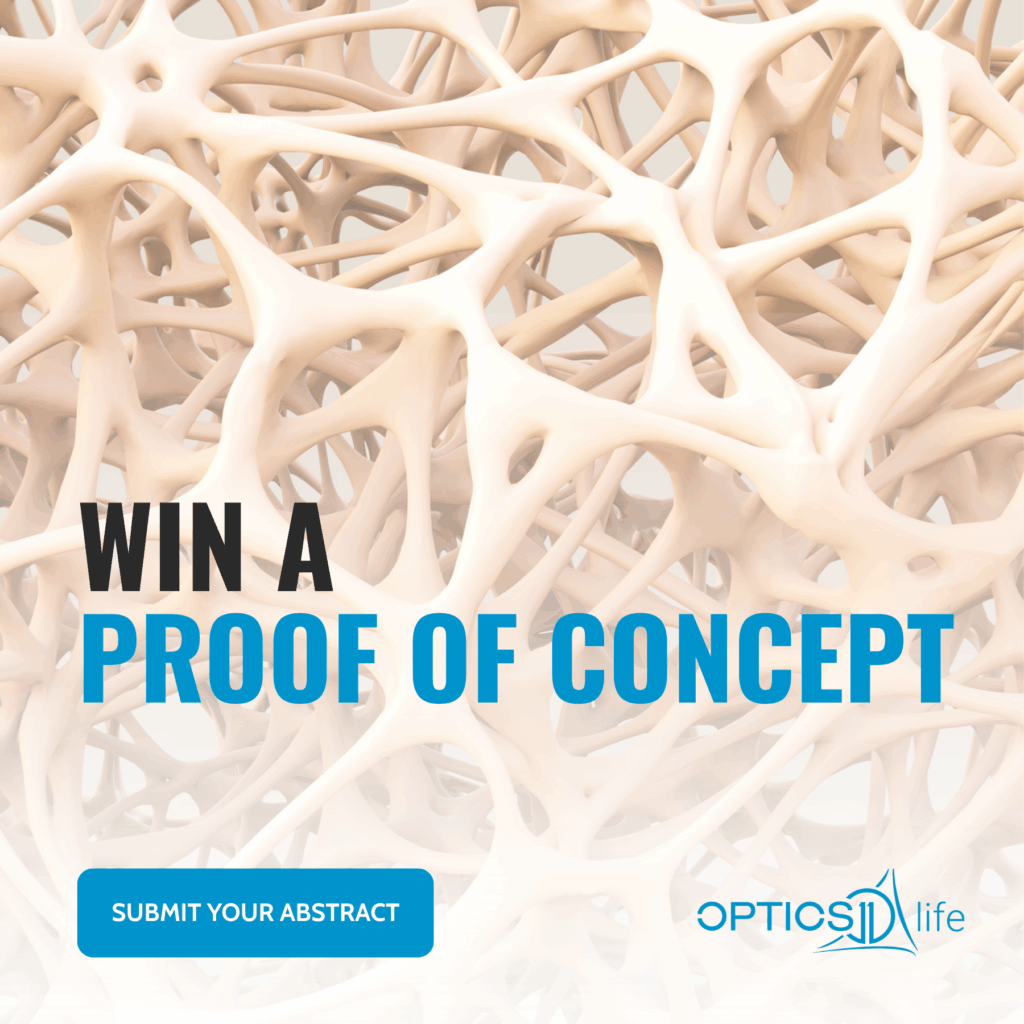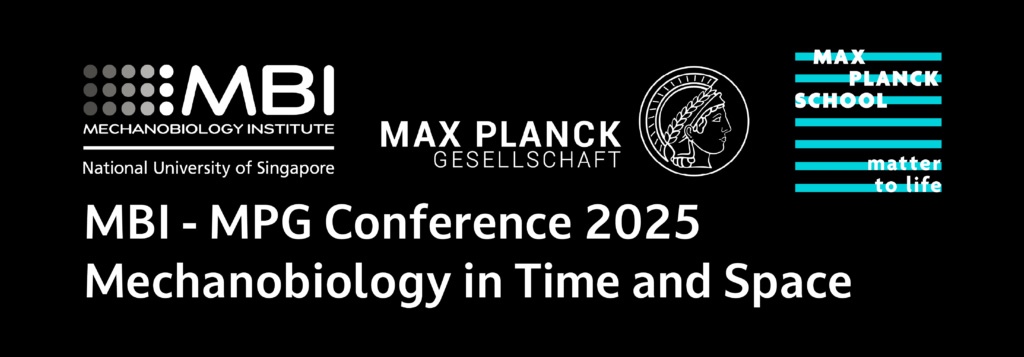THE LIST OF NANOINDENTER APPLICATIONS KEEPS GROWING!
At the end of 2019, seven new scientific papers featuring the measurements with Piuma or Chiaro nanoindenters were published in various well known scientific journals: Stem Cell Reports, Biomaterials, Mechanical Behavior of the Biomedical Materials, The Royal Society of Chemistry and Materials Science and Engineering C. The applications include measurements of stiffness changes during maturation of single cells, mechanical degradation of biocomposites, comparison of Young’s modulus of healthy and diseased tissues and mechanical characterization of biomaterials such as hydrogels and scaffolds.
The list of publications:
- Environmental elasticity regulates cell-type specific RHOA signaling and neuritogenesis of human neurons: various stiffness polyacrylamide and collagen hydrogels were used to study the effects of the microenvironment on the development of hMNs and hFB neurons.
- A salt-based method to adapt stiffness and biodegradability of porous collagen scaffolds: differential mechanical properties of CaCl2, NaCl and H2O treated collagen scaffolds.
- An indentation-based approach to determine the elastic constants of soft anisotropic tissues: in this study, the authors introduced a simple method to characterize soft anisotropic biological tissues such as tendons using indentation.
- Niche-mimicking interactions in peptide-functionalized 3D hydrogels amplify mesenchymal stromal cell paracrine effects: mechanical properties of 3D cultures of microporous and nanoporous hydrogels with mesenchymal stromal cells.
- Development of label-free biophysical marker in osteogenic maturation: quantification of morphological and mechanical features of osteoblasts (hFOB) during maturation.
- Targeting downstream subcellular YAP activity as a function of matrix stiffness with Verteporfin-encapsulated chitosan microsphere attenuates osteoarthritis: the study shows that cartilage samples extracted from ostheoarthritis (OA) patients were stiffer in comparison to healthy patients which is concurrent with activation of mechanotransducer YAP.
- Biomimetic SIS based biocomposites with improved biodegradability, antibacterial activity and angiogenesis for abdominal wall repair: changes in mechanical properties of small intestinal submucosa (SIS) and electrospun chitosan and elastin nanofibers biocomposites during degradation process under biomechanical environment.
Check out our product portfolio and find the best-suited indenter for the mechanical characterization of your biomaterials!






